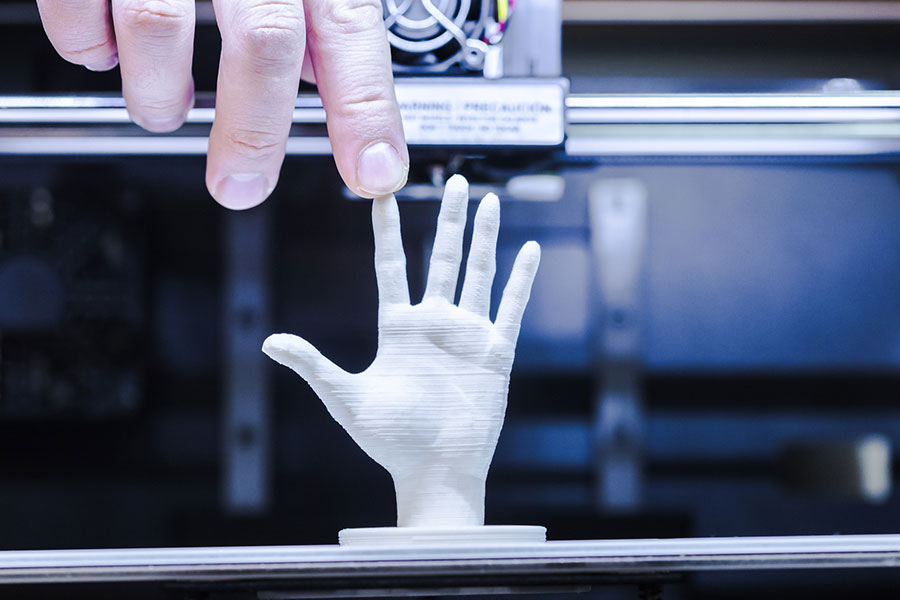Science fiction is fast becoming fact.
The use of 3D printing is escalating in the medical field. Physicians and researchers are unveiling new and exciting 3D news almost every day. Yet, much of that news has gone unreported in the general media, and it remains under the radar in all but specialized medical journals and industry blogs.
We think that such good news deserves to be spread.
When we first wrote about 3D printed casts in July 2014, we were genuinely impressed at how doctors and designers had teamed up to make lighter, more breathable casts. Clearly, their work was a game changer. Sensing more and better things were to come, we promised to check on the progress of 3D printing in the medical field in another 6 months or so.
When we did, we were blown away again by even more amazing things in the works.
Harvard University researchers are working on 3D bioprinting blood vessels. Cornell University has 3D printed a heart valve it will soon test on sheep. In Holland, China and Slovakia, three different teams of surgeons have replaced portions of patients’ skulls with customized 3D printed implants. Work continues at several universities to develop 3D printed human organs. And, at Wake Forest School of Medicine, a 3D printer can now scan a burn victim’s wound, fabricate the number of skin layers needed to fill that wound, then print the skin right onto the wound.
From prosthetic limbs, to designer drugs, to human ears, doctors are now able to help patients in new and exciting ways thanks, in part, to customized 3D printing.
Check out these 12 medical things that can be 3D printed right now. We’re betting that, like us, you’ll be amazed.








